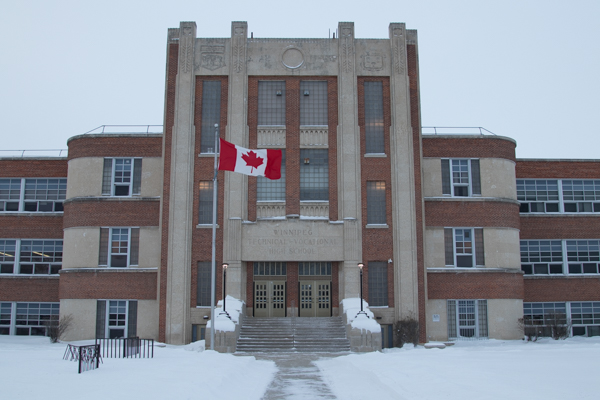Inflation will outpace increases in funding for public school divisions struggling with COVID-19-related expenses, wage settlements and a general increase in cost of living for another consecutive year.
The province will provide $120 million for the 2022-23 school year, including $20.2 million of base funding for independent and public schools, a one-time allotment of $77 million for wage settlement payments and $23.2 million — equal to the revenue resulting from a two per cent tax raise — to compensate for a provincially mandated freeze on education property taxes as they are gradually phased out.
NDP education critic Nello Altomare said the province’s announcement did not reflect increases in costs for schools such as hydro, heating and transportation.
“As a matter of fact, a lot of school divisions — especially those in rural Manitoba — will have great difficulty coming up with a budget that doesn’t cut actual staff and services to kids as a result of this latest announcement by the province,” he said.
The new funding announcement amounts to an increase of 2.9 per cent over the current school year, while Statistics Canada reports inflation was at 4.8 per cent last December, a 30-year high.
The announcement emphasized that Manitoba spends more per pupil than any other province except New Brunswick at $15,412.
However, Altomare said this ignores the fact that Manitoba school boards pay for many costs not covered by school board budgets in other provinces, such as psychological assessments, occupational therapy and physical therapy
“The other thing, too, is this is a very large province and regardless of whether or not you’re picking up five kids at the end of the road in rural Manitoba or one kid, you still have get that bus there to get that child,” he said.
“So, we have to reflect the reality of this being a large province and that our education budgets include items that, in other provinces, are picked up either by the department of health or the department of families, which is not the case here in Manitoba.”
Ewasko argued one cannot “exclude other investments within education” when calculating the increase in school funding.
“The increase of $41.2 million of the $120 [million] that we announced is the 2.9 [per cent increase] but when you start to add in the additional numbers, the percentages definitely increase,” he said.
However, Ewasko acknowledged these “additional numbers” include the one-time allotment of $77 million to pay wage settlements.
The Progressive Conservative government was pushing for wage freezes until one school division’s arbitration board ruled teachers should be paid for wage increases since 2018.
Altomare called the one-time allotment of $77 million for wage settlements “an admission that they were underfunding education since 2016.”
“Since 2016, the percentage of provincial support for public [education] has gone down from 62 per cent to 58 per cent,” he said.
“That means locally based school boards have to pick up 42 per cent of the costs, and so what they’ve been doing every year is […] systematically underfunding education and not keeping up with inflation […] and right now they’re just playing catch-up and unfortunately it’s kids that pay the price when you have to play catch-up.”

